AGA KHAN PROGRAM FOR ISLAMIC ARCHITECTURE
Course 4.611/4.613:
14-The Mughal Gardens: (Click on images to enlarge)
Jahangir:
The fourth Great Mughal emperor was a nature lover and an accomplished writer. He is responsible for the building of most royal gardens in Kashmir. His favorite wife, Nur Jahan, was very ambitious and shared his love for building and gardens. His memoirs, Tukuz-i Jahangiri, is an invaluable source for the study of the Mughals' taste and enthusiasm for garden building.
Jahangir from 17th c. manuscript |
Is the Mughal Chahar Bagh an image of Paradise?
Babur |
An Mughal ideal representation of the chaharbagh |
Kashmir Gardens:
Kashmir: A valley surrounded by high mountains used by the Mughals as a retreat from the heat of the low plains, and the best setting for their ordered and symmetrical gardens around its central lake, Lake Dal. A famous inscription from the Persian poet Jami in the garden of Shalimar sums up the whole feeling about Kashmir, "if there is Paradise on earth, it is here, it is here, it is here."
Kashmir, a view of Lake Dal
Shalimar Bagh ( Sanaskrit, Abode of Love): Established by Jahangir in 1619 and completed by his son Shah Jahan (1627-58).
Shalimar Bagh plan |
Axonometric |
The pavilion of the sixth terrace |
Exterior view |
Achabel Bagh: A pleasure garden that gets its water from a spring, famous for its cascades.
|
2nd terrace pool and chador |
Water channel chador |
Vernag Bagh: Jahangir's and Nur Jahan's favorite retreat, built in 1609. Its spring is the main source of the Jehlum river.
Octagonal pool; view from northeast |
Central water channel |
Inscription panel inside the pool |
Tomb Gardens
The Tomb of Humayun in Delhi (1565): The garden, a huge chahar bagh (1200 ft to the side) whose four axes end at four gates, is recursively divided into nine chahar baghs, of which the central one is the massive domed pavilion set on a square base.
Tomb of Humayun, plan |
Aerial view of the tomb |
The Tomb of I‘timad al-Dawla in Agra (1628): Built for this highly-esteemed vizir by his daughter Nur Jahan, a low pavilion over a square plinth, situated in the center of a chahar bagh (500 ft to the side) and surrounded by four octagonal minarets at the four corners, echoed by another set of minarets at the four outer corners of the garden. A vaulted baradari with carved marble screens surmounts the lower pavilion.
Exterior view of I'timad al-Dawla |
ExInterior view of I'timad al-Dawla |
The Taj Mahal in Agra (1632-54):(Crown Palace) is a late name of the mausoleum built for the empress Mumtaz Mahal by her husband Shah Jahan (1628-58). It is an extremely balanced and majestic monument, highly charged iconographically, and it represents the epitome of Islamic mausolea. The white marble mausoleum is removed from the center of the chahar bagh, which was the norm in older Mughal mausolea, to a rectangular base on the side of the garden overlooking the Jumna river on the north. This plan solved the problem of scale that all previous mausolea had to face in conjunction with their settings in the center of a chahar bagh.
Taj Mahal; exterior view from gate |
Taj Mahal; isometric view |
|
Mughal Garden Term list:
Architectural Terms:
- Hazira or Rawda: (Arabic) Both used in the Mughal period to designate a tomb or a mausoleum. The initial meaning of the former is "enclosure", the latter "garden."
- Hasht-Bihisht: (Persian, meaning the eight paradises) A later name to a type of building whose origin dates back to the Assyrians. It has a radially symmetrical plan with eight parts surrounding a central chamber which is almost always domed. It was popularized by Timur and his descendants in both their palatial and religious monuments. Mughal developments emphasized the façades by adding turrets to the four corners, by raising the central part of the façade via a pishtak, and/or by doubling the side through chamfering the corners.
- Pishtak: (Persian) A built frame,sometimes flanked by turrets, rising above the roofline of a building and containing the portal or the iwan.
- Chatri: (originally Persian for umbrella) a small, vaulted pavilion used in India for decorative purposes mostly in the articulation of roofs' corners.
- Baradari: An Indian open-sided pavilion (literally, it means twelve-pillared, possibly in reference to the four walls of the pavilion pierced each by three doors).
- Chadar: The Mughal equivalent of a shadirwan, a sloping, carved surface over which water flows.
- Chabutra: A stone or a brick platform, usually situated at the intersection of two axes, be it two causeways or two water channels.
- Jalis: Perforated stone or marble screen, usually carved in geometric forms.
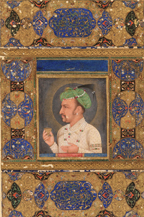
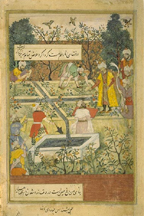
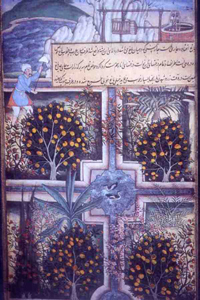
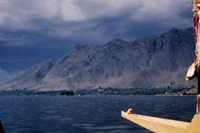
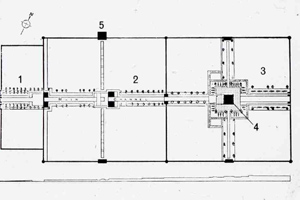
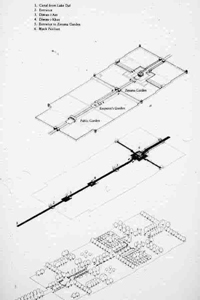
_6th terrace-14.jpg)
_exterior.jpg)
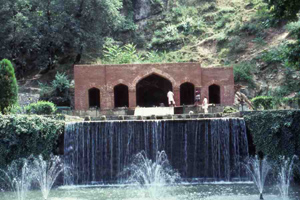
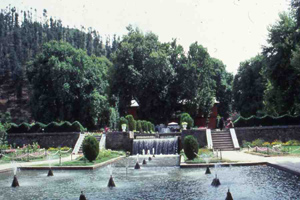
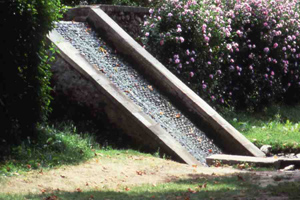
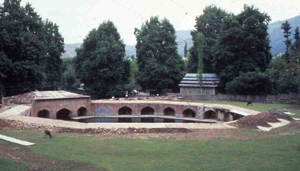
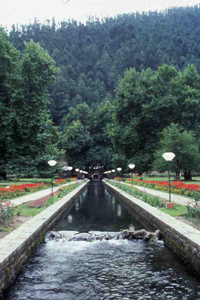
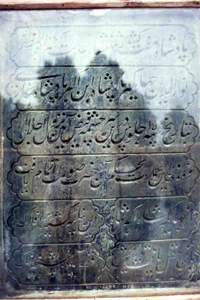
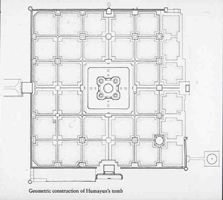
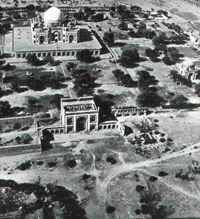
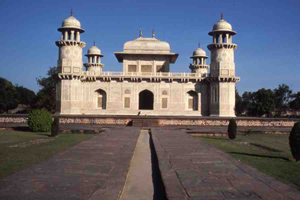
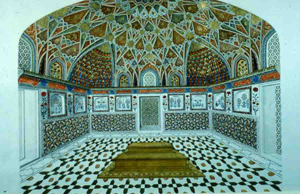
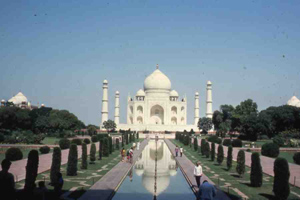
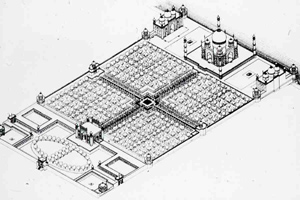
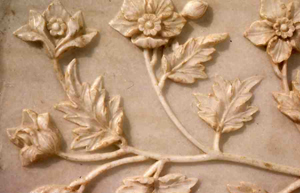 A realistic marble carving of a rose on the facade of the Taj
A realistic marble carving of a rose on the facade of the Taj